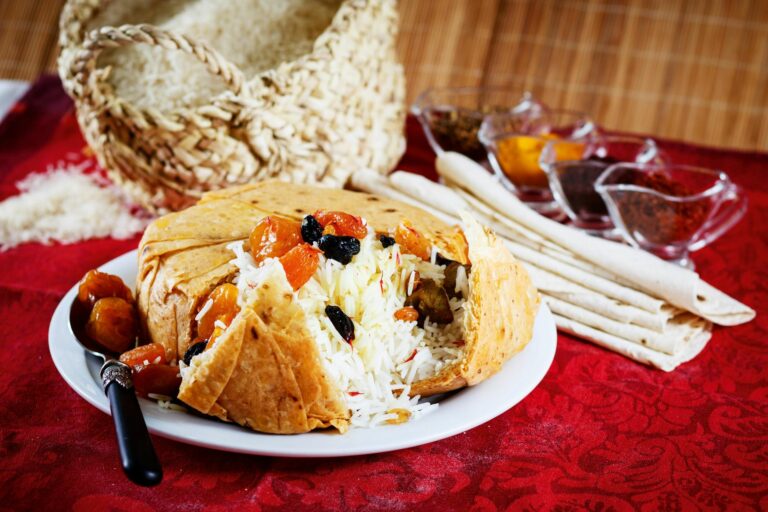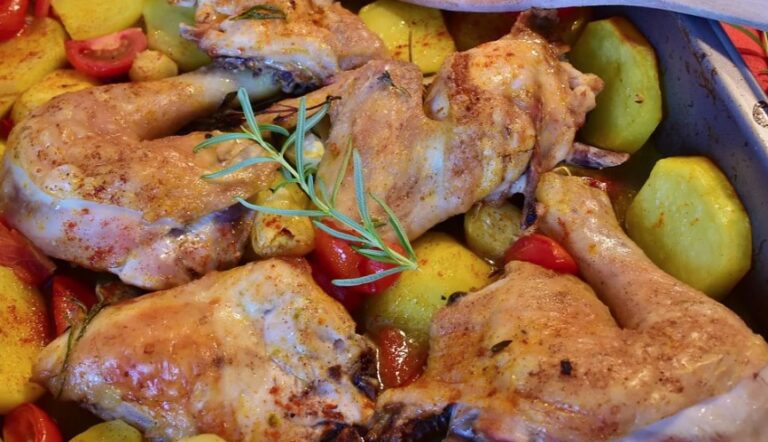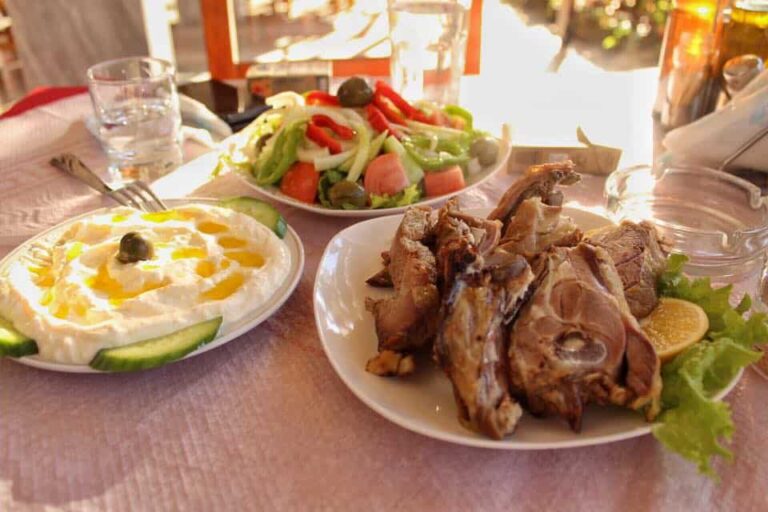Introduction: Azerbaijani Salads
Salads are an integral part of Azerbaijani cuisine and are served as a side dish or a light meal. These salads use fresh and flavorful ingredients that reflect the country’s diverse culinary traditions. Azerbaijani salads are known for their colorful appearance, refreshing taste, and healthy ingredients.
Pomegranate Seeds: A Staple Ingredient
Pomegranates are a symbol of prosperity and fertility in Azerbaijani culture and are often used in salads. The sweet and tart taste of the pomegranate seeds adds a burst of flavor to the salad. The seeds are also rich in antioxidants and are a good source of vitamin C. In Azerbaijani cuisine, pomegranate juice is also used as a salad dressing.
Fresh Herbs: Aromatic and Flavorful
Azerbaijani salads are known for their use of fresh herbs, such as cilantro, parsley, dill, and mint. These herbs add an aromatic and flavorful touch to the salad. The herbs are often finely chopped and mixed into the salad or used as a garnish. In addition to their flavor, herbs are also known for their health benefits and are a good source of vitamins and minerals.
Tomatoes and Cucumbers: The Perfect Pair
Tomatoes and cucumbers are a classic combination in Azerbaijani salads. The juicy and sweet taste of the tomatoes pairs well with the crisp and refreshing taste of the cucumbers. These vegetables are also rich in vitamins and minerals, making them a healthy addition to the salad.
Yogurt: A Creamy Addition
Yogurt is a common ingredient in Azerbaijani salads and adds a creamy and tangy flavor to the dish. Yogurt can be used as a dressing or mixed into the salad. In addition to its taste, yogurt is also a good source of protein and probiotics, which can improve digestive health.
Pickled Vegetables: A Tangy Touch
Pickled vegetables, such as cabbage, carrots, and beets, are a popular addition to Azerbaijani salads. The tangy and sour taste of the pickled vegetables adds a unique flavor to the salad. Pickled vegetables are also a good source of probiotics, which can improve gut health.
Meat and Cheese: Hearty Salad Options
Azerbaijani salads can also include meat and cheese, such as feta cheese or grilled chicken. These ingredients add a hearty and savory flavor to the salad and make it a complete meal. Meat and cheese are also a good source of protein, which can help to keep you full and satisfied.
Sumac and Lemon: The Final Touches
Sumac and lemon are often used as a final touch to Azerbaijani salads. Sumac is a red spice that has a tangy and lemony flavor and is sprinkled over the salad. Lemon juice can also be used as a dressing or squeezed over the salad to add a fresh and citrusy taste. These ingredients enhance the overall flavor of the salad and give it a distinct Azerbaijani taste.












